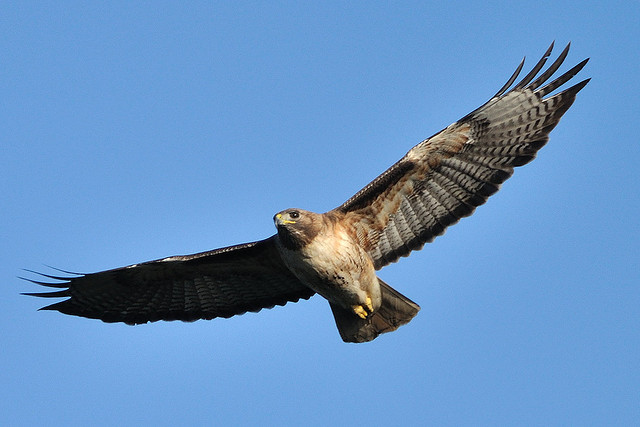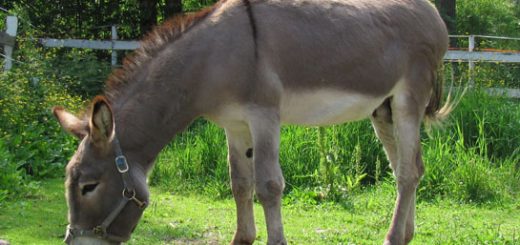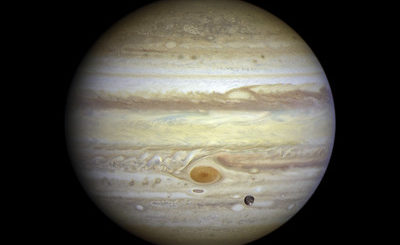Give Me Wings

From our earliest and most basic stage the most notable feature of our animal cohabitants has been their size. It is this that has inspired generations of wonder at the thought of towering dinosaurs, the romanticism of the plight of the ‘gentle giants’ that are our ever dwindling populations of baleen whales, all the way down to the inevitably introspective exploration of ant societies. Yet an animal’s size can provide us with more than just thoughtful appreciation. It has long been apparent that there is a compelling trend between size, or to be more accurate: body mass, and the longevity of a species. In many ways this seems simply intuitive; certainly none of us would expect a harvest mouse to outlive an elephant! But what is it that’s allowing these larger animals to live longer? Certainly an interesting question, since the reverse is true when looking solely within our own species (a topic for another snippet perhaps).
A recent study from Trinity College 1, Dublin looks to explain not only this but a further phenomenon which it helps bring to light, that animals with the ability to fly live disproportionately long for their body mass. What is even more wonderful, for us sad biological scientists, is that the whole thing can be explained with simple ecology:
It is very rare, if ever, that an animal living in the wild will succumb to old age alone. Deaths through the more likely culprits: predation, disease, starvation, thirst and adverse conditions are known collectively as ‘extrinsic mortality’, and it is these factors that most affect the longevity of a species. In species with low extrinsic mortality, or where their chances of dying of the above are low, benefits can be had by investing in long-term survival and reproduction over a long period. The opposite can be said for those species that experience high extrinsic mortality, who must race to produce as much viable offspring in as little a time as possible.
Sheer size is one of the most successful ways a species can reduce extrinsic mortality. Besides the obvious protection it provides, larger animals are able to store a greater quantity of fat, which, coupled with the fact that larger animals use up less energy per gram of body mass than smaller animals, allows them to better withstand prolonged periods of food shortage. As a result of their relative safety, the course of evolution favors those who can fully exploit their longevity and survive and reproduce to later and later ages, leading to the aforementioned trend.
And so too, it is suggested, has flight had a similar effect, reducing extrinsic mortality by allowing quick escape from predators and easy avoidance of adverse conditions. But the study goes further still, finding increased lifespan in nocturnal animals, those that forage for food in trees or in aquatic environments and even in those who take refuge in burrows. However flight still reigns supreme in the list of new factors. Red Bull, I’ll happily take my wings now.
Edited by Debbie Nicol










